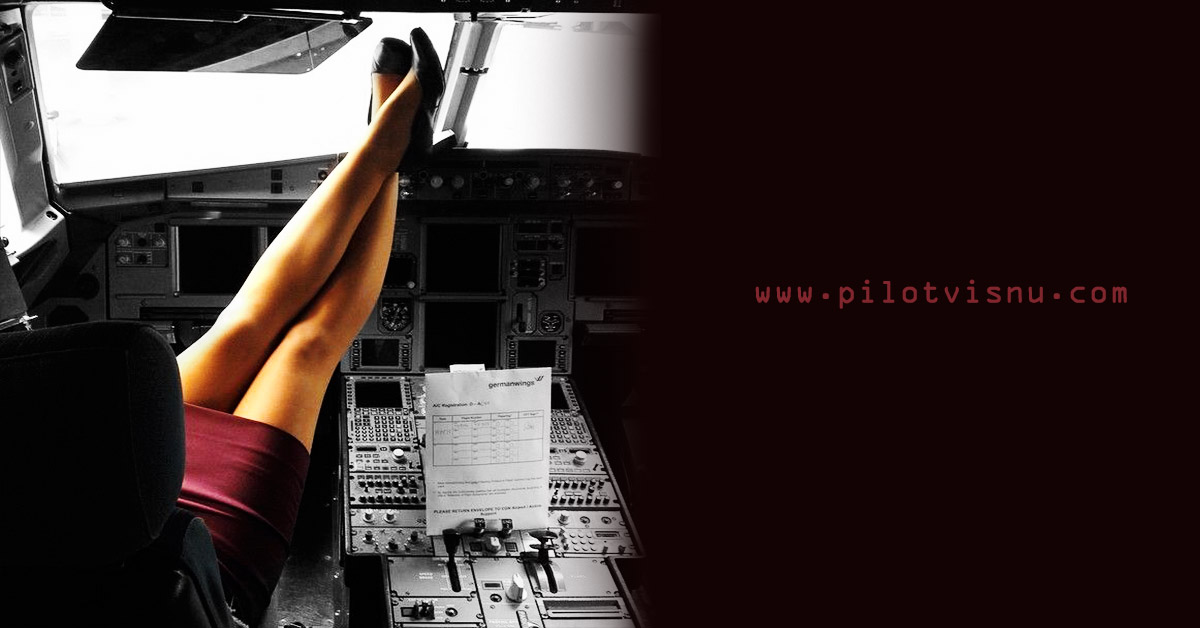You may have noticed it but most of the time when you are in the passenger seat we don’t give a damn about whatever is happening in front. Even the safety demonstration by the crew members some of us prefer to stick our earphones in and ignore. So why a crew member replaces the pilot leaving just 1 pilot and the crew member inside. Is there any conspiracy or fishy about it.
The truth is, the civil aviation industry has come up with the “2 person cockpit rule”. Airlines from around the world have announced that they will begin requiring two crew members in the cockpit at all times after investigators announced that the crash of Germanwings Flight 4U 9525 occurred when the co-pilot locked the pilot out of the cockpit and placed the Airbus A320 into a deliberate descent.
BBC NEWS: Germanwings flight 4U 9525 took off from Barcelona Airport in Spain heading for Duesseldorf, Germany, with 150 people on board, at 09:00 GMT on 24 March.
The Airbus 320 began travelling over the sea towards France, taking about half an hour to climb to 38,000ft (11,600m).
It should have been a two-hour flight and, in the first 20 minutes, the pilots could be heard discussing the stop-over at Barcelona with a flight attendant.
At 09:30 the plane made its final contact with air traffic control – a routine message about permission to continue on its route. Everything seemed to be going as planned.
Shortly afterwards, the captain told the co-pilot he was leaving the cockpit and asked him to take over radio communications. The cockpit door is heard opening and closing on the recording.
Seconds later, shortly before 09:31, the selected altitude was changed from 38,000 ft to 100 ft and the plane began its descent.
At 09:33, the plane’s speed increased. Air traffic control contacted the co-pilot – and continued to do so over the coming minutes – but received no answer.
A buzzer requesting access to the cockpit sounded at 09:34. Knocking and muffled voices asking for the door to be opened can be heard until the end of the recording.
At 09:39, “noises similar to violent blows on the cockpit door were recorded on five occasions” over the course of a minute. The flight crew of another plane also tried to make contact with the cockpit by radio around this time.
In the next minute – 93 seconds before impact – “low amplitude inputs” on the co-pilot’s flight controls were recorded. But the level of movement was too low to disengage the autopilot, so the input made no change to the flight path.
The “Terrain, Terrain, Pull Up, Pull up” warning was triggered at 09:40: 41 and it continues until the end of the recording at 09:41:06.
After the 9/11 incident, the cockpit doors were made stronger to prevent access to terrorists. The locking system was switched as well which means if the pilot locks it from inside no one else can access it from outside unless the pilot himself unlocks it from the inside.
These changes include requiring 2 people in the cockpit at a time. However, having 2 crews in a cockpit is not guarantee against the pilot’s suicide. There are more cases like this. Royal Air Maroc Flight ATR-42, which crashed in the Atlas mountains in 1994, which was deliberately downed by the pilot, resulting in 44 deaths. Twelve years before that a Japan Airways Flight 350 crashed after pilot Seiji Katagiri steered the plane into the sea 510m short of the runway in Tokyo. Despite the efforts of the co-pilot to pull on the control column Katagiri “was pushing forward on the control column with both hands”.
Until the new procedure is introduced this will be implemented.



